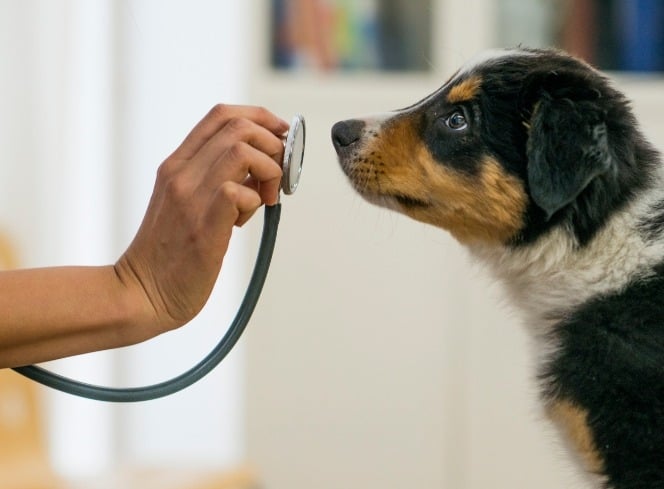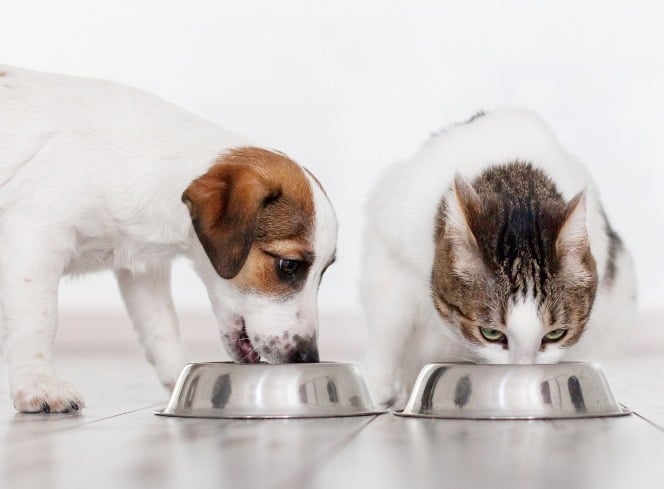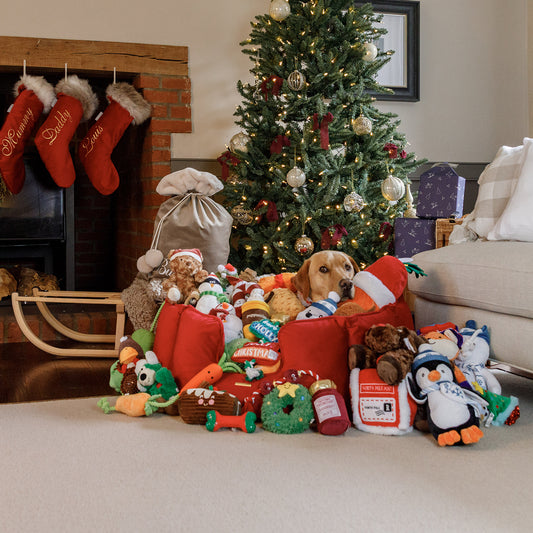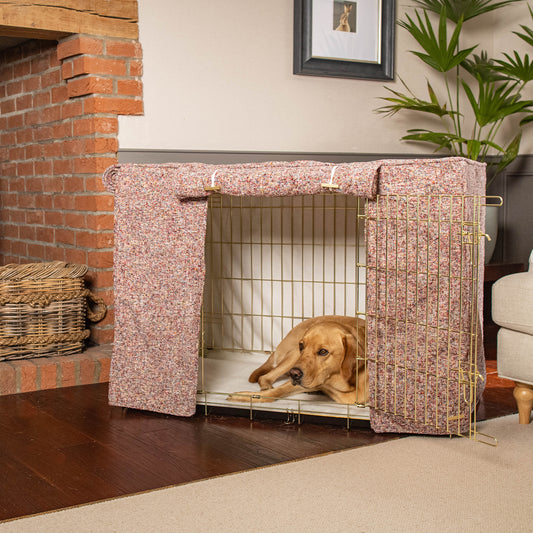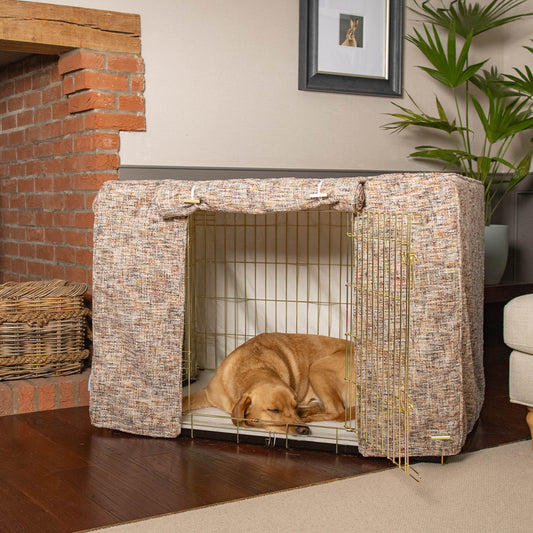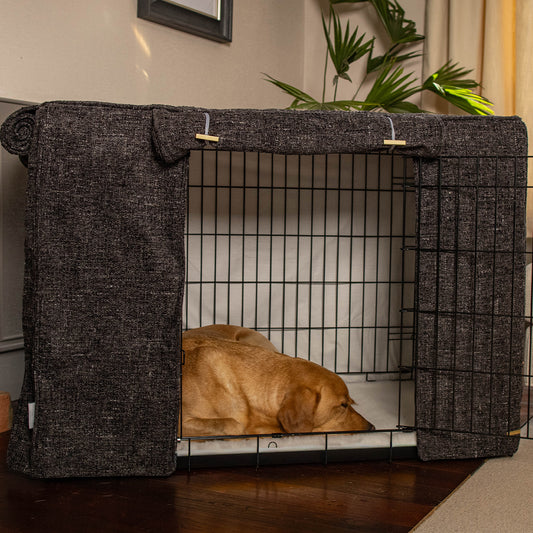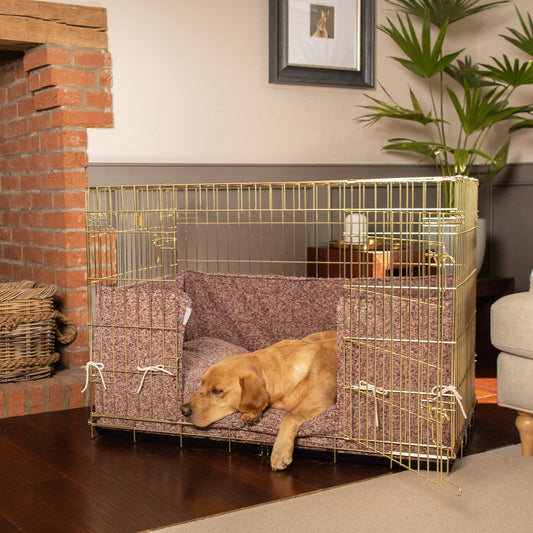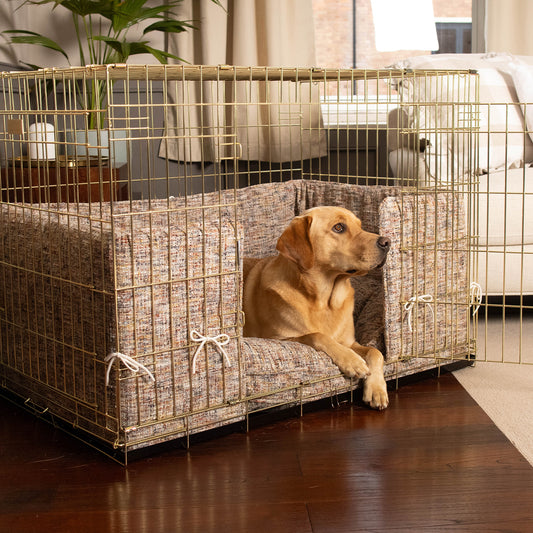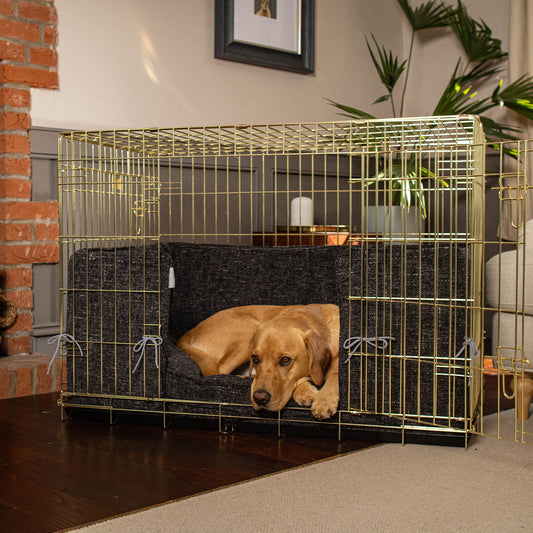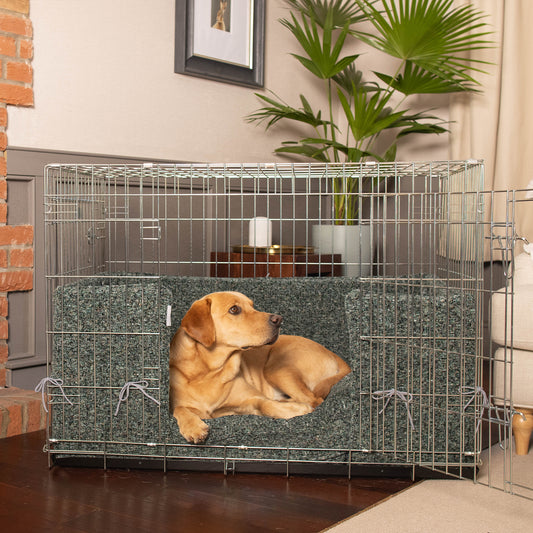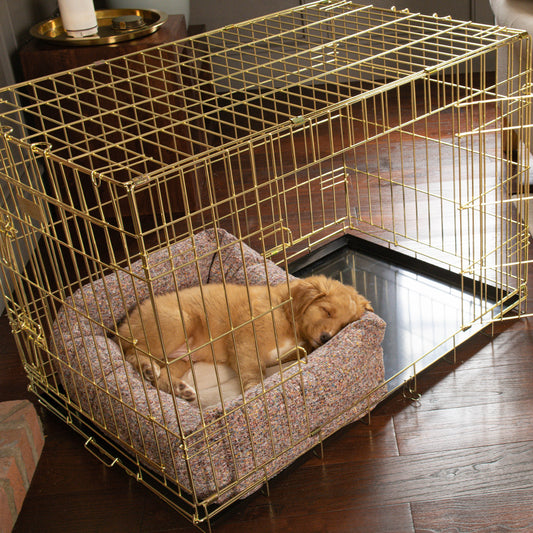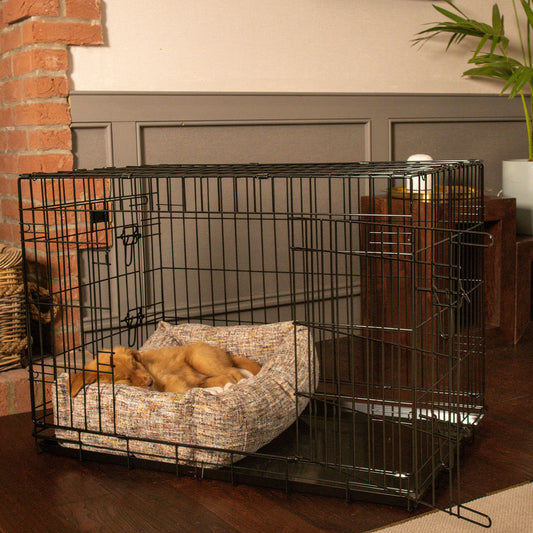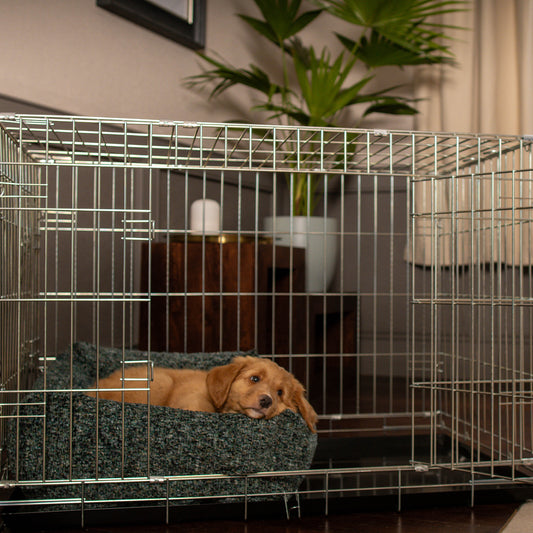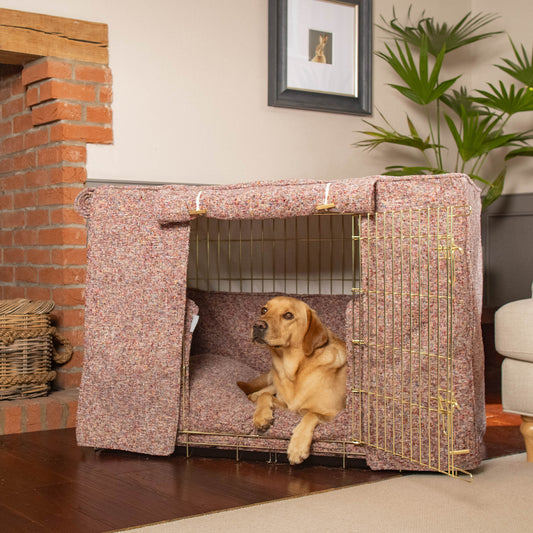Fleas are one of the most common external parasites that can affect cats, causing discomfort, irritation, and potentially leading to more serious health issues if left untreated. If you’ve noticed your cat scratching excessively or noticed small, dark specks in their fur, it’s time to consider flea treatment. In this guide, we explore how to get rid of fleas on cats, the best flea treatment for cats, and essential tips for flea removal for kittens. By following these expert recommendations, you can ensure your cat is flea-free and comfortable.
Understanding Fleas and Their Impact on Cats
Fleas are tiny, wingless insects that survive by feeding on the blood of animals. For cats, a flea infestation can lead to a range of issues, from mild irritation to severe allergic reactions. Common signs of fleas on cats include:
- Excessive scratching and grooming: Cats with fleas often scratch themselves more than usual, particularly around the head, neck, and base of the tail.
- Red, irritated skin: Flea bites can cause red, inflamed patches on your cat’s skin.
- Hair loss: Persistent scratching can lead to bald spots and hair loss.
- Presence of flea dirt: Flea dirt, which looks like tiny black specks, is actually flea excrement and can be found on your cat’s skin and fur.
- Pale gums: In severe cases, fleas can cause anemia in cats, leading to pale gums and lethargy.
Fleas can also transmit tapeworms and other diseases, making it crucial to address an infestation promptly.
How to Get Rid of Fleas on Cats: Step-by-Step Guide
Identify the Infestation:
The first step in getting rid of fleas is identifying whether your cat has an infestation. Use a fine-toothed flea comb to check your cat’s fur, especially around the neck and tail base. The comb will help you catch fleas and flea dirt. If you find evidence of fleas, it’s time to begin treatment.
Choose the Right Flea Treatment for Cats:
There are several types of flea treatments available for cats, including topical treatments, oral medications, and flea collars. The right choice will depend on your cat’s age, health, and lifestyle. Here’s a breakdown of the most common options:
- Topical Treatments: These are usually applied to the back of your cat’s neck and provide protection for up to a month. These treatments are effective at killing fleas on contact and can also prevent future infestations.
- Oral Medications: Oral flea medications are given by mouth and work systemically to kill fleas. They start working quickly and can be particularly effective for severe infestations.
- Flea Collars: Flea collars, offer long-lasting protection against fleas and can be a convenient option for cats that don’t tolerate topical treatments well.
- Flea Shampoos: Flea shampoos can help kill fleas on contact and provide temporary relief, but they may not prevent future infestations. Shampoos are often best used in conjunction with other treatments.
- Flea Sprays: Flea sprays can be applied directly to your cat’s fur and provide immediate relief. They are particularly useful for treating areas of your home where fleas may be hiding.
Flea Removal for Kittens
Kittens are more sensitive to flea treatments than adult cats, so it’s important to use products that are specifically designed for their age and weight. Here are some tips for flea removal for kittens:
- Manual Removal: For very young kittens (under 8 weeks old), it’s often safest to remove fleas manually using a flea comb. Gently comb through the kitten’s fur, dipping the comb in soapy water to kill any fleas you catch.
- Mild Flea Shampoos: If your kitten is old enough (usually over 8 weeks), you can use a mild flea shampoo that is safe for kittens. Be sure to follow the product’s instructions carefully and rinse thoroughly.
- Consult Your Veterinarian: Always consult your veterinarian before using any flea treatments on kittens. They can recommend the safest and most effective products for your kitten’s specific needs.
Treat Your Home Environment
Fleas don’t just live on your cat—they can infest your home as well. To prevent re-infestation, it’s important to treat your home environment:
- Vacuum Regularly: Vacuum your carpets, rugs, furniture, and pet bedding frequently to remove fleas, eggs, and larvae. Be sure to empty the vacuum bag or canister immediately after use to prevent fleas from escaping.
- Wash Bedding: Wash your cat’s bedding, as well as any other fabric items your cat frequently uses, in hot water to kill fleas and their eggs.
- Use Household Flea Sprays: Apply flea sprays to carpets, rugs, and upholstery to kill any remaining fleas and prevent them from returning.
- Consider Flea Foggers: In severe infestations, you may need to use a flea fogger (or “flea bomb”) to treat your entire home. These products release an insecticide that kills fleas throughout the house, but be sure to follow the instructions carefully and remove pets from the area during treatment.
Monitor and Re-Treat as Needed
After treating your cat and home, it’s important to monitor the situation closely. Fleas can be persistent, and it may take a few weeks to completely eliminate them. Continue to check your cat for fleas regularly and be prepared to re-treat if necessary. Most flea treatments for cats should be applied monthly to provide ongoing protection.

Preventing Future Flea Infestations
Once you’ve successfully gotten rid of fleas, taking steps to prevent future infestations is crucial:
- Regular Flea Treatment: Keep your cat on a regular flea treatment regimen, especially during warmer months when fleas are more active.
- Regular Grooming: Brush your cat regularly and check for any signs of fleas or flea dirt.
- Maintain a Clean Home: Continue to vacuum and wash bedding regularly to keep your home flea-free.
Caring for a cat with fleas can be challenging, but with the right approach, you can quickly and effectively eliminate the infestation and prevent it from returning. By choosing the best flea treatment for cats, following a thorough flea removal process for kittens, and maintaining a clean environment, you’ll ensure your cat stays comfortable and flea-free.
At Lords & Labradors, we offer a range of premium flea treatments and grooming products designed to keep your cat healthy and happy. Explore our collection today to find the perfect solution for your pet’s needs.

































































